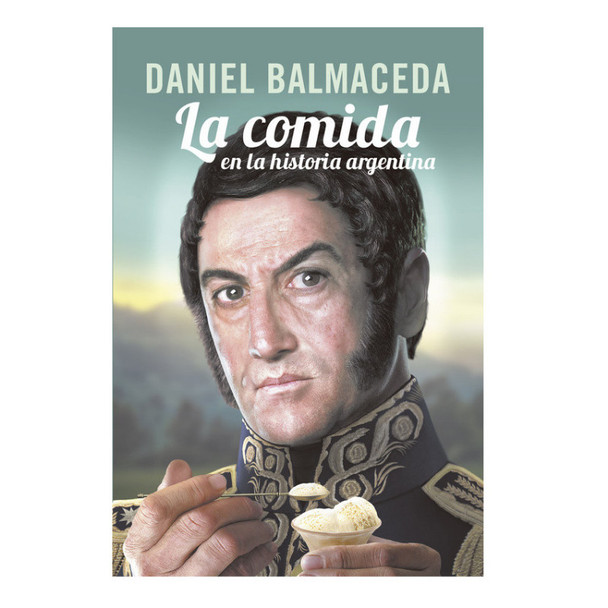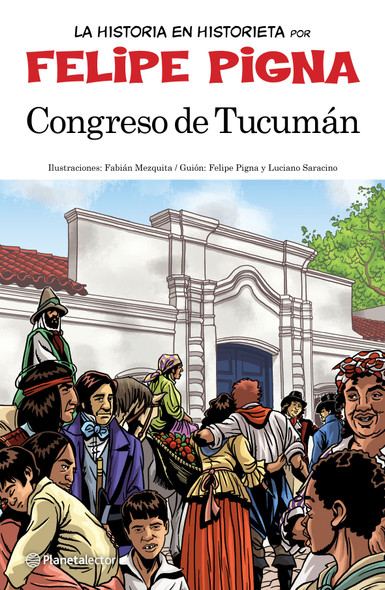Description
Food in Argentine history reviews myths and legends about the origin of a wide variety of foods, from empanadas and hamburgers to chivito and locro, through all kinds of desserts, cakes and other sweet delicacies. Rescue the stories of some emblematic restaurants and pioneers such as Noel, Magnasco, Saint or Fort, with juicy anecdotes that link personalities from our history with food. And, moreover, he proposes "historical" recipes in almost every chapter.
At the end of the XIX century, bar owners sent their employees to gather hail to refresh drinks. When Sarmiento tried to incorporate vegetables into the daily diet, they mocked him and called him "eat grass". Borges' favorite dessert was cheese and sweet. It is not true that the edecán de Julio Roca created the famous scrambled Gramajo: Félix Luna imagined history at the service of fiction. The birthplace of dulce de leche could have been Asia, instead of Argentina. At the beginning of the twentieth century, construction workers had a potty lunch in the middle of the construction site. In her first presentation, Petrona C. de Gandulfo had her mayonnaise cut five times. The choripán as we know it today was born in Córdoba. The pancho arrived in Argentina from France, not from the United States. And the desserts? Did San Martín have ice cream?




